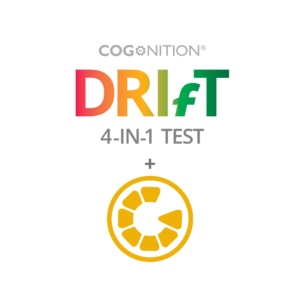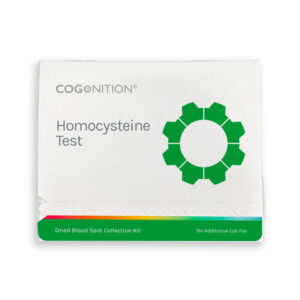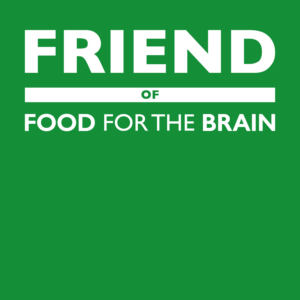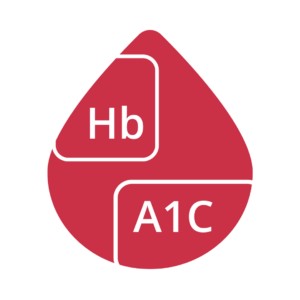Showing 1–12 of 65 resultsSorted by price: high to low
Currently Out of Stock but will be back soon






This measures methylation, your need for B vitamins. Faulty methylation damages the brain and circulation and is the single best indicator of cognitive health. Homocysteine goes up when methylation is impaired, indicating a greater need for B vitamins, especially B6, B12 and folate.
Lowering homocysteine has been shown to reduce brain shrinkage by up to 73% in those with adequate omega-3 DHA. A lower homocysteine level is associated with less cardiovascular and stroke risk, osteoporosis, depression, cognitive decline. Homocysteine is a biomarker for over 100 diseases, especially mental and neurological diseases. You can have raised homocysteine due to poor B12 absorption.The only way to know is to test.
Above 11 µmol/L is associated with accelerated brain shrinkage. 7 µmol/L or less is probably optimal. We recommend supplementation with B vitamins if your level is over 10 µmol/L.

This measures methylation, your need for B vitamins. Faulty methylation damages the brain and circulation and is the single best indicator of cognitive health. Homocysteine goes up when methylation is impaired, indicating a greater need for B vitamins, especially B6, B12 and folate.
Lowering homocysteine has been shown to reduce brain shrinkage by up to 73% in those with adequate omega-3 DHA. A lower homocysteine level is associated with less cardiovascular and stroke risk, osteoporosis, depression, cognitive decline. Homocysteine is a biomarker for over 100 diseases, especially mental and neurological diseases. You can have raised homocysteine due to poor B12 absorption.The only way to know is to test.
Above 11 µmol/L is associated with accelerated brain shrinkage. 7 µmol/L or less is probably optimal. We recommend supplementation with B vitamins if your level is over 10 µmol/L.

The Glutathione Index measures the ratio between your “fully-loaded” glutathione and “spent” or oxidised glutathione in red blood cells. This is the best measure of your antioxidant potential which indicates your ability to neutralise harmful oxidants created both by your body and brain’s metabolism, and from smoking and pollution.
It is not possible to accurately predict your antioxidant potential just from the food you eat. The variation in antioxidants in, for example, a carrot is 40-fold. While eating five portions of fruit and vegetables a day is a good maxim, whether or not you are achieving the optimal antioxidant protection from your diet and/or supplements, such as vitamin C, is reflected by your Glutathione Index. The interpretation of your result enables you to take action to optimise your anti-aging antioxidant potential.
This is currently under review by our analytic scientists.

 Sign up now
Sign up now
 Add to basket
Add to basket
Hemoglobin A1c is a measure of how healthy average blood sugar levels have been in the recent few months, and is a better representation of blood sugar resilience than a single glucose measurement, since glucose levels vary throughout the day. HbA1c forms in the blood when a hemoglobin molecule in a red blood cell binds with a glucose molecule in the blood; the resulting molecule is also known as glycated hemoglobin (sugar coated or damaged red blood cells).
It can be a good indicator of glucose intolerance even in the absence of abnormal fasting glucose levels indicating the need to reduce your intake of sugar, carbohydrates and alcohol.
A level above 7% (53nmol/mol) is indicative of diabetes, while 6.5% is considered pre-diabetic. You certainly want to get your score below 5.9% (41nmol/l). Optimal is below 5.5%.
 Add to basket
Add to basket
Vitamin D is made in the skin and provided in supplements and foods such as oily fish and eggs. Both are converted in the liver to form 25(OH)D3 which is the form of vitamin D in the blood, measured by this test. Your levels of 25(OH)D3 levels shows your body’s production plus your intake.
Vitamin D deficiency is linked with many chronic diseases, including autoimmune diseases, diabetes, cardiovascular disease, cancer as well as cognitive decline. Many diseases are more prevalent in the Northern hemisphere due to lack of direct sunlight.
Optimal levels of 25(OH)D3 are certainly above 32ng/mL (80 nmol/l) and ideally over 40ng/ml (100nmol/l)